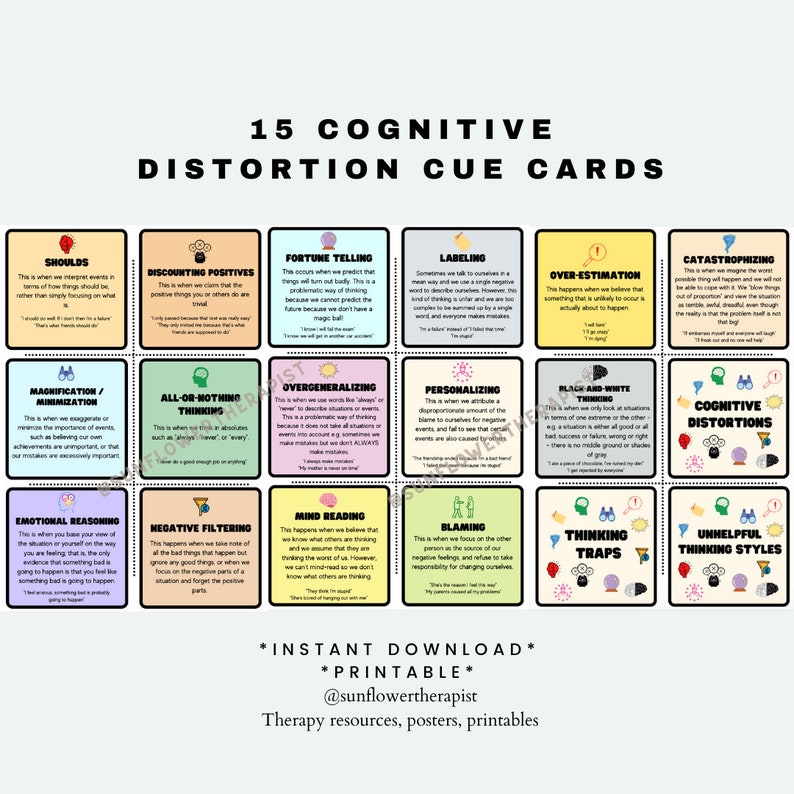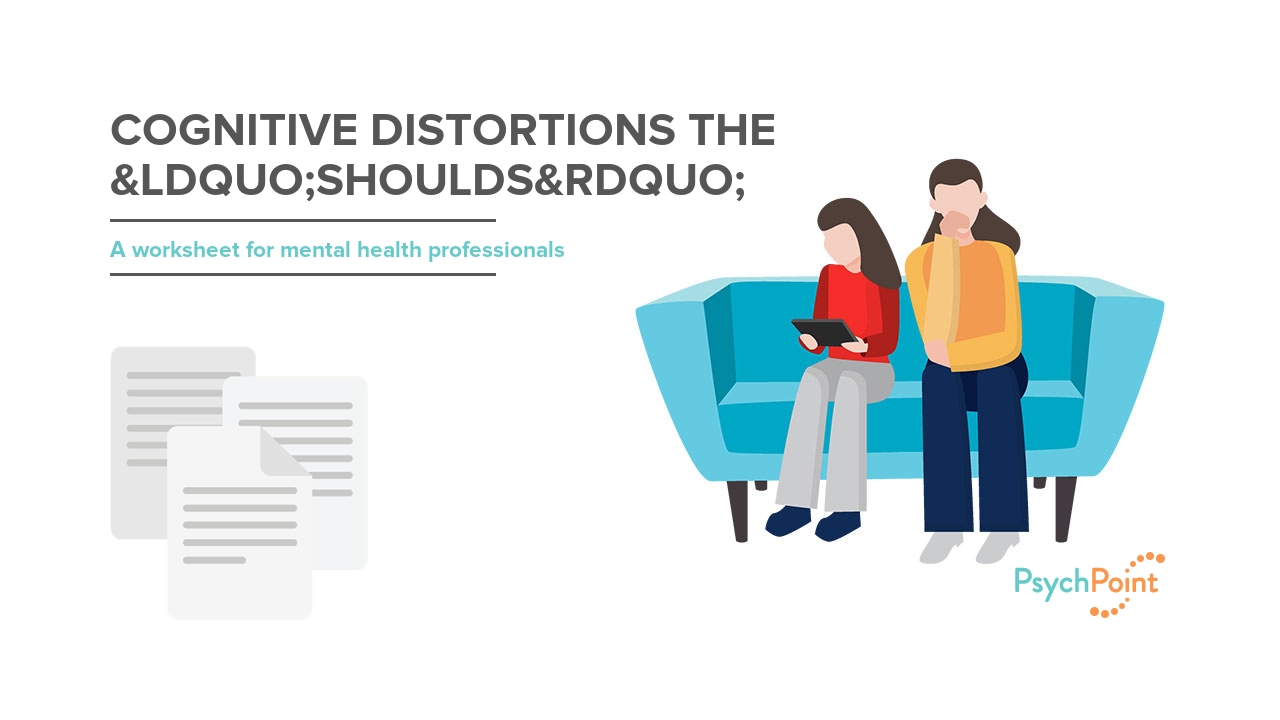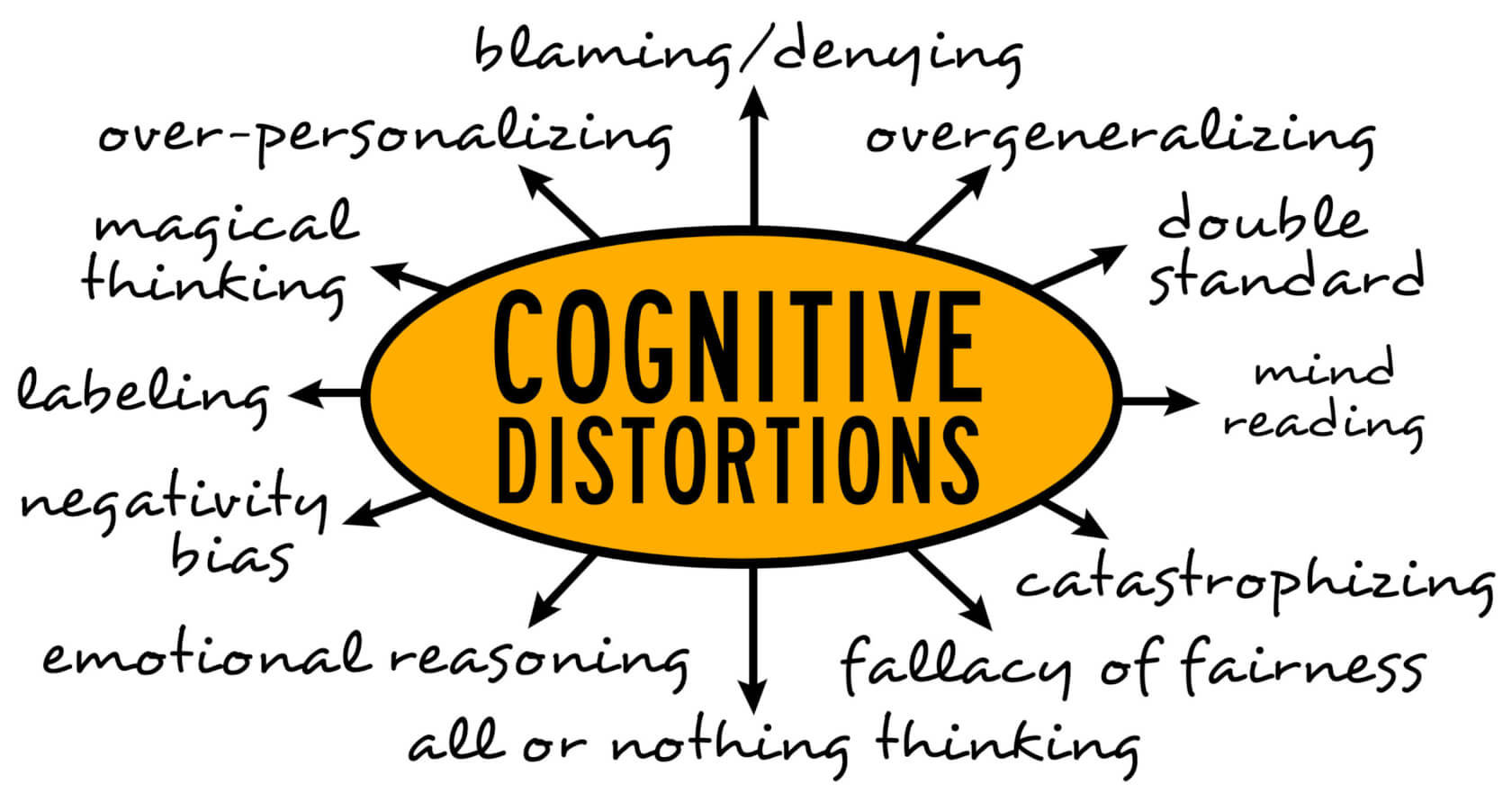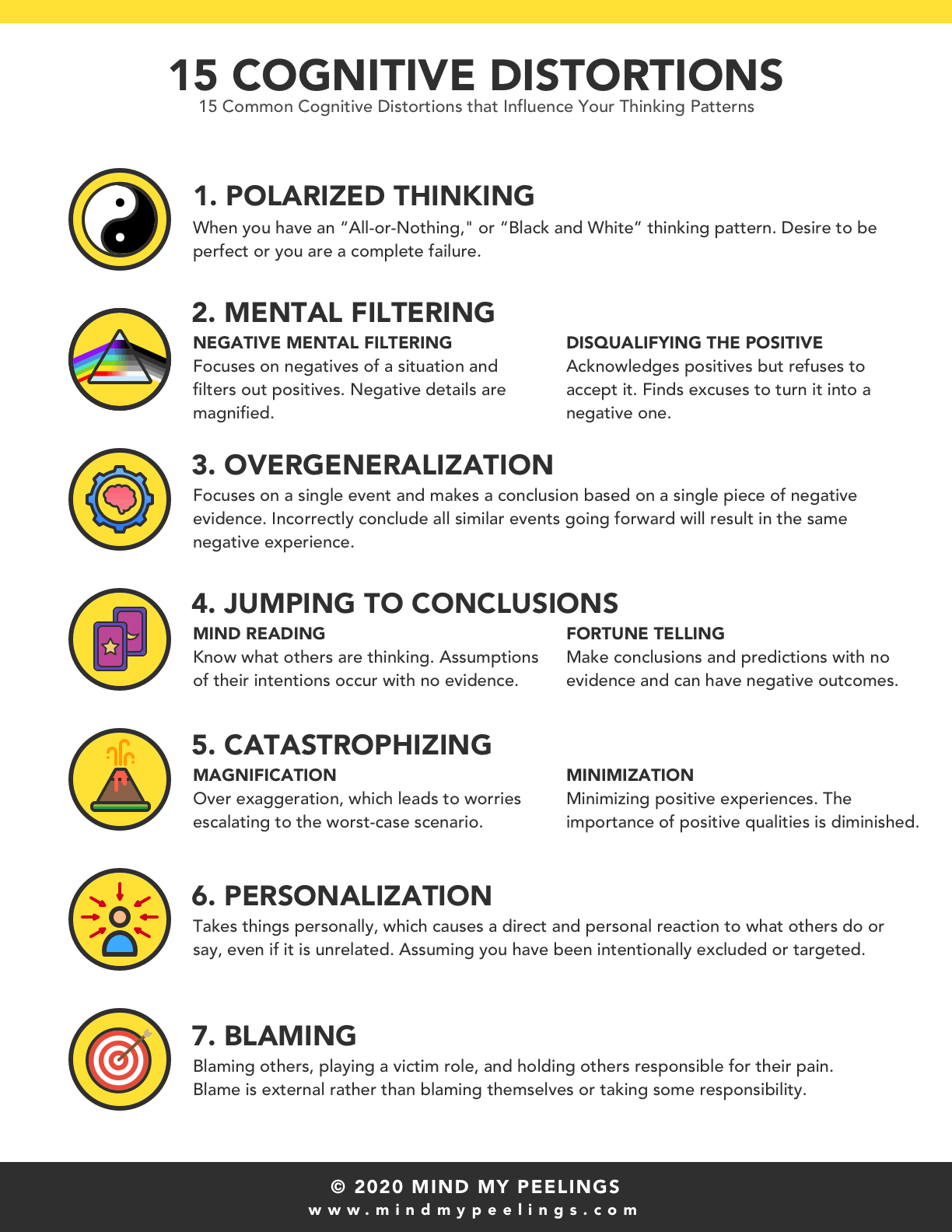Should Cognitive Distortion
Should Cognitive Distortion - In cognitive behavioral therapy, these kinds of should statements are called cognitive distortions. Should statements fall into the classification of cognitive distortions. This is a fancy way of. They are automatically biased negative thoughts that influence and. A “should statement” is a type of negative thinking pattern that can cause feelings of doubt and fear in a person.
A “should statement” is a type of negative thinking pattern that can cause feelings of doubt and fear in a person. They are automatically biased negative thoughts that influence and. Should statements fall into the classification of cognitive distortions. In cognitive behavioral therapy, these kinds of should statements are called cognitive distortions. This is a fancy way of.
This is a fancy way of. A “should statement” is a type of negative thinking pattern that can cause feelings of doubt and fear in a person. In cognitive behavioral therapy, these kinds of should statements are called cognitive distortions. Should statements fall into the classification of cognitive distortions. They are automatically biased negative thoughts that influence and.
15 Cognitive Distortions What Causes Them and How To Avoid Them
A “should statement” is a type of negative thinking pattern that can cause feelings of doubt and fear in a person. They are automatically biased negative thoughts that influence and. This is a fancy way of. In cognitive behavioral therapy, these kinds of should statements are called cognitive distortions. Should statements fall into the classification of cognitive distortions.
Cognitive Distortion Cue Cards, CBT, Therapy Tool, Unhelpful Thinking
A “should statement” is a type of negative thinking pattern that can cause feelings of doubt and fear in a person. This is a fancy way of. They are automatically biased negative thoughts that influence and. Should statements fall into the classification of cognitive distortions. In cognitive behavioral therapy, these kinds of should statements are called cognitive distortions.
Understanding your Cognitive Distortions Nandita Bhaskhar
This is a fancy way of. Should statements fall into the classification of cognitive distortions. They are automatically biased negative thoughts that influence and. In cognitive behavioral therapy, these kinds of should statements are called cognitive distortions. A “should statement” is a type of negative thinking pattern that can cause feelings of doubt and fear in a person.
13 Cognitive Distortions Identified in CBT
A “should statement” is a type of negative thinking pattern that can cause feelings of doubt and fear in a person. They are automatically biased negative thoughts that influence and. This is a fancy way of. Should statements fall into the classification of cognitive distortions. In cognitive behavioral therapy, these kinds of should statements are called cognitive distortions.
Cognitive Distortions The “Shoulds” Worksheet PsychPoint
A “should statement” is a type of negative thinking pattern that can cause feelings of doubt and fear in a person. They are automatically biased negative thoughts that influence and. This is a fancy way of. Should statements fall into the classification of cognitive distortions. In cognitive behavioral therapy, these kinds of should statements are called cognitive distortions.
Cognitive Distortions Types, Effects, & How To Stop Them?
In cognitive behavioral therapy, these kinds of should statements are called cognitive distortions. This is a fancy way of. They are automatically biased negative thoughts that influence and. A “should statement” is a type of negative thinking pattern that can cause feelings of doubt and fear in a person. Should statements fall into the classification of cognitive distortions.
Transforming your thinking strategies for managing cognitive
A “should statement” is a type of negative thinking pattern that can cause feelings of doubt and fear in a person. In cognitive behavioral therapy, these kinds of should statements are called cognitive distortions. They are automatically biased negative thoughts that influence and. This is a fancy way of. Should statements fall into the classification of cognitive distortions.
15 Common Cognitive Distortions — Mind My Peelings
A “should statement” is a type of negative thinking pattern that can cause feelings of doubt and fear in a person. In cognitive behavioral therapy, these kinds of should statements are called cognitive distortions. This is a fancy way of. They are automatically biased negative thoughts that influence and. Should statements fall into the classification of cognitive distortions.
8th Session Cognitive Distortions and Restructuring Ideas For Counseling
This is a fancy way of. In cognitive behavioral therapy, these kinds of should statements are called cognitive distortions. Should statements fall into the classification of cognitive distortions. They are automatically biased negative thoughts that influence and. A “should statement” is a type of negative thinking pattern that can cause feelings of doubt and fear in a person.
11 Tricky Cognitive Distortions Getting In Your Way
In cognitive behavioral therapy, these kinds of should statements are called cognitive distortions. They are automatically biased negative thoughts that influence and. A “should statement” is a type of negative thinking pattern that can cause feelings of doubt and fear in a person. This is a fancy way of. Should statements fall into the classification of cognitive distortions.
This Is A Fancy Way Of.
In cognitive behavioral therapy, these kinds of should statements are called cognitive distortions. Should statements fall into the classification of cognitive distortions. A “should statement” is a type of negative thinking pattern that can cause feelings of doubt and fear in a person. They are automatically biased negative thoughts that influence and.









